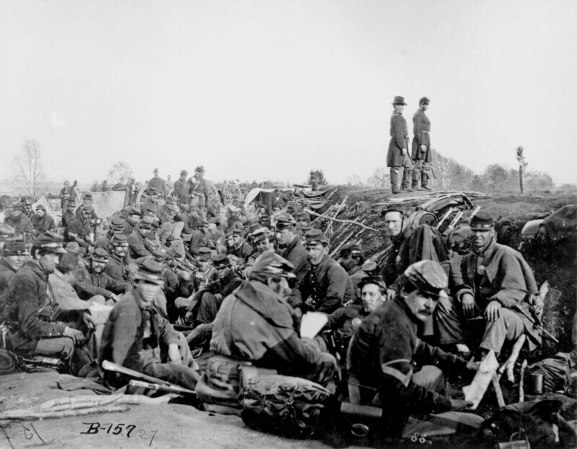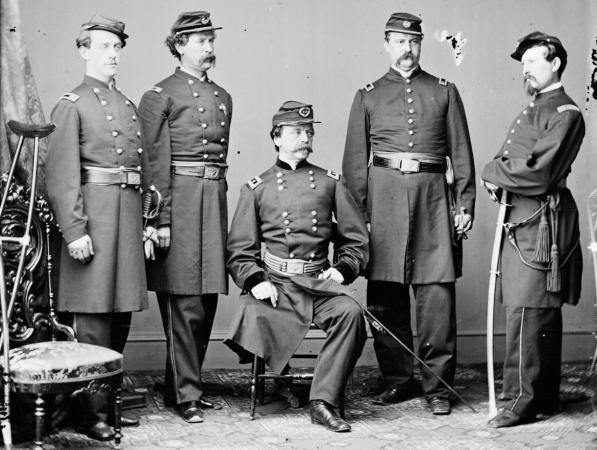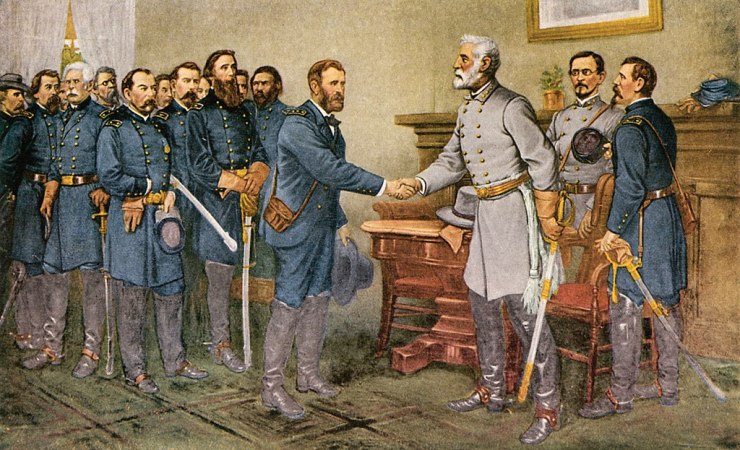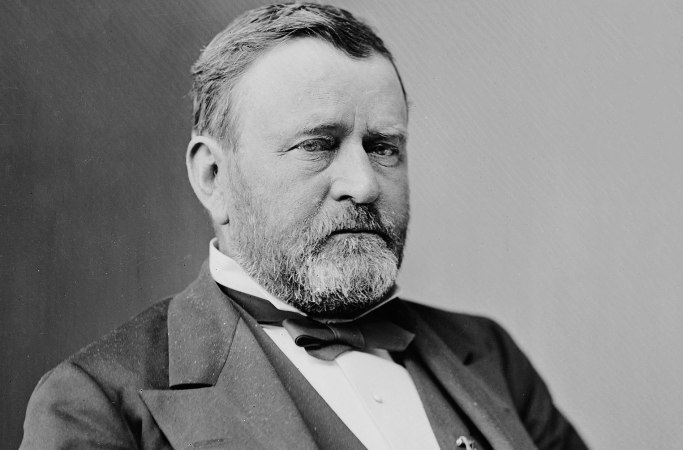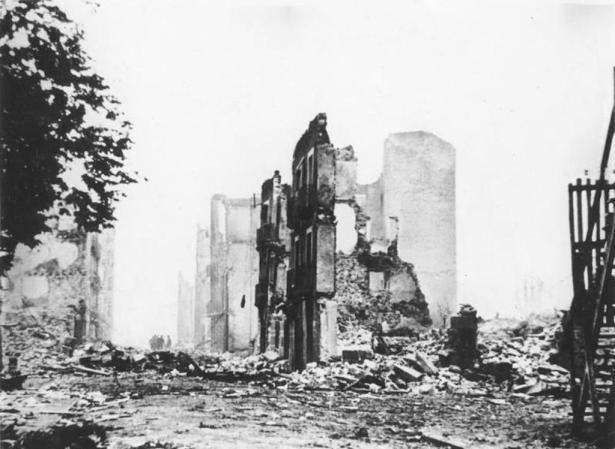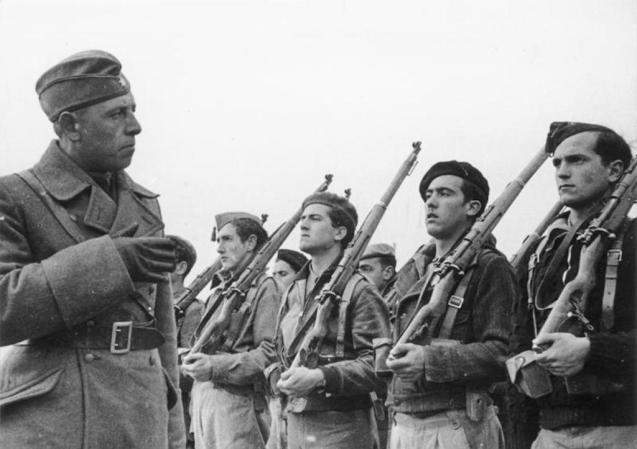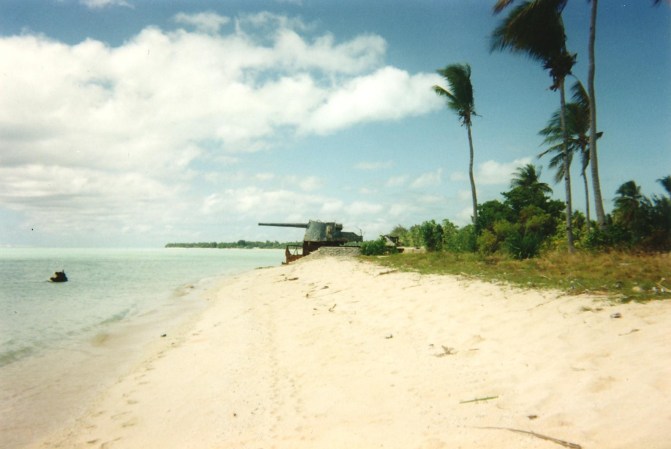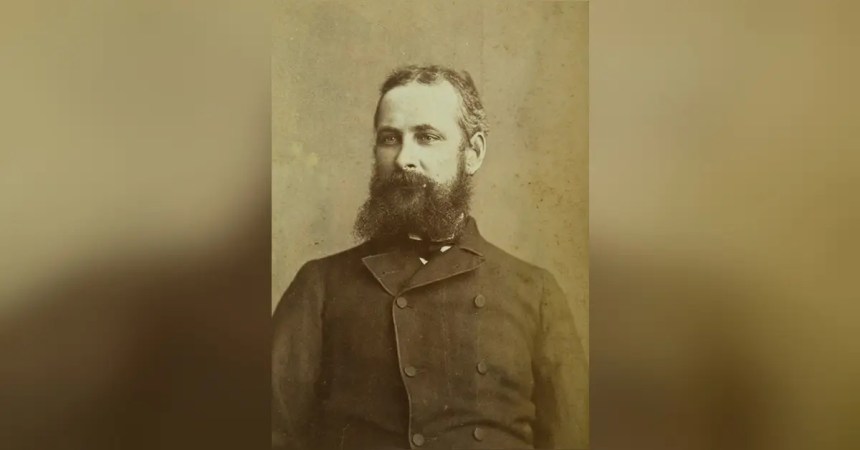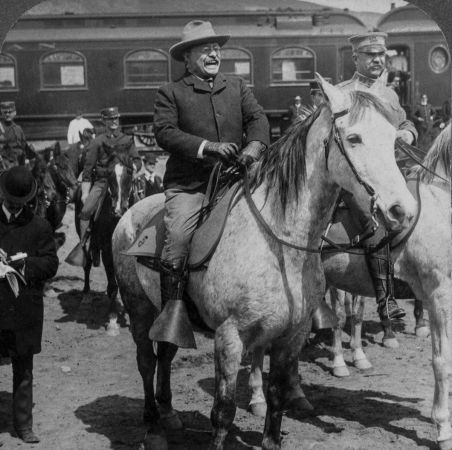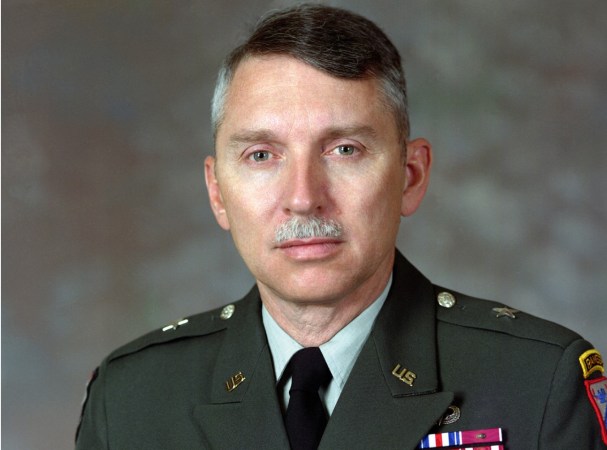Philip Kearny would have been better suited serving as a knight on a medieval battlefield than fighting in the age of gunpowder. Although he received an inheritance of around one million dollars in 1836, Kearny abandoned comfy civilian life and joined the army in search of glory.
Kearny savored war and was universally recognized for his reckless and heroic deeds, winning the French Cross of the Legion of Honor on two separate occasions. The loss of an arm in battle did not slow him down one bit, and, until his untimely death, his mere presence on the battlefield inspired the men under his command to phenomenal feats.

Born into a wealthy family in 1815, Philip showed the first signs of his attributed rash behavior as a youth, terrifying his father with his wild horse riding stunts. While in college, his grandfather pleaded with the rambunctious boy to pursue a religious vocation.
Kearny wanted no part of this pious lifestyle, yearning instead for glory on the battlefield. He entered the U.S. Army in March of 1837 as a dragoon with the rank of lieutenant.
In 1839, he was permitted to travel “on special duty” to France to study cavalry tactics in Saumur. He accompanied the Duke of Orleans to North Africa as an aide-de-camp. The American lieutenant impressed his French allies, one account noting that, “I have often seen him charging the Arabs with his sword in one hand, his pistol in the other, and his reins in his teeth.”
For his gallantry and fortitude during these operations, the American was awarded the Cross of the Legion of Honor — he had to decline it due to holding rank in the U.S. Army.
He returned to the United States in the fall of 1840, and led a cavalry company during the U.S.-Mexican War. At the Battle of Churubusco, Kearny led a hell-for-leather charge to pursue retreating Mexican soldiers outside of Mexico City, spurring his horse over the enemy’s ramparts. Kearny’s men were forced to fall back when they overextended the pursuit.
A well-directed round of Mexican grapeshot crushed the bone of Kearny’s left arm between his shoulder and elbow. His gory figure managed to escape back to friendly lines, collapsing from the loss of blood and sheer exhaustion.
Also read: These 12 facts might give you a new perspective on the Civil War
Franklin Pierce, future president of the United States, then serving as a general, held Kearny’s head still as a surgeon amputated his mangled left arm. He was shipped back home to recover, received promotion, but sat out the remainder of the war. The pinned up left sleeve of his uniform became his trademark for the remainder of his military career.
Bored with uneventful frontier duty, Kearny resigned from the army in 1851. In 1859, he offered his services to Emperor Napoleon III. The one-armed American fought at the Battle of Solferino “in every charge that took place,” clenching the bridle of his horse in his teeth and wielding his sabre with his remaining arm.
For his gallantry, he was awarded the Cross of the Legion of Honor for the second time, which he accepted.

Following the outbreak of the Civil War, he received an appointment as a brigadier general of volunteers in July of 1861. At the Battle of Chantilly in September of 1862, the noble soldier’s life came to an abrupt end. He stumbled into a Confederate picket line and was shot and instantly killed when he attempted to flee.
His luckless death was a shock to men on both sides of the conflict. The next day, in a show of respect, Confederate Gen. Robert E. Lee sent Kearny’s body back to Union lines under a flag of truce. Upon receiving word of Kearny’s death, his old superior, Gen. Winfield Scott, exclaimed in a letter, “I look upon his fall, in the present great crisis of the war, as a national calamity [his own italics].”
Today a towering bronze statue of “the bravest among the brave” stands guard over the grounds of Arlington National Cemetery.





